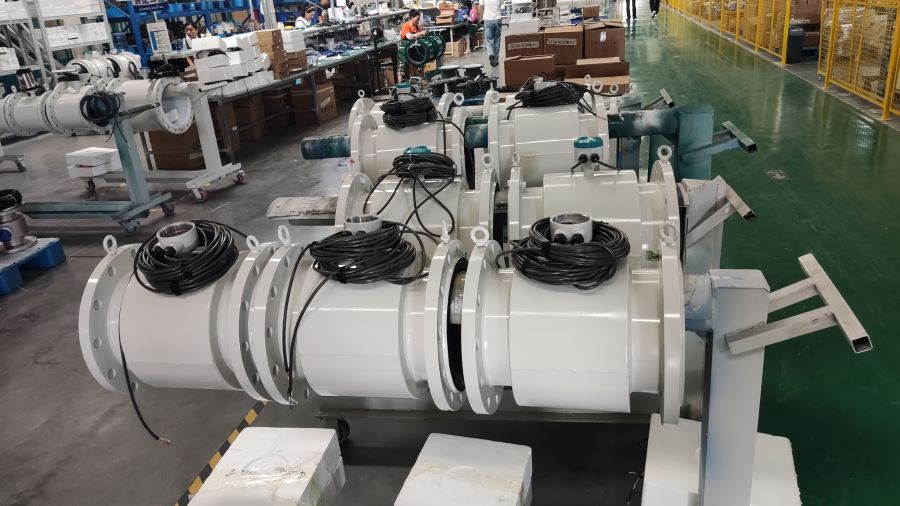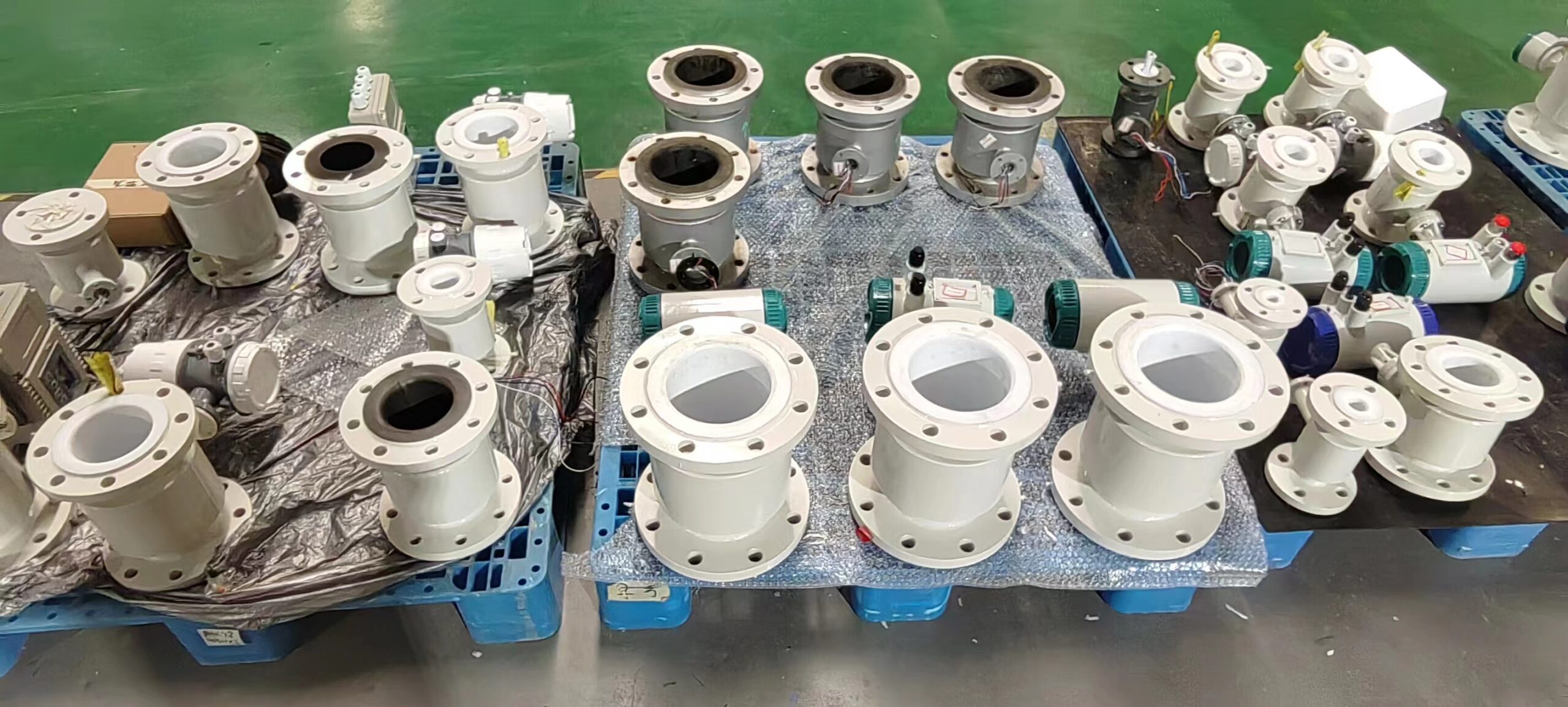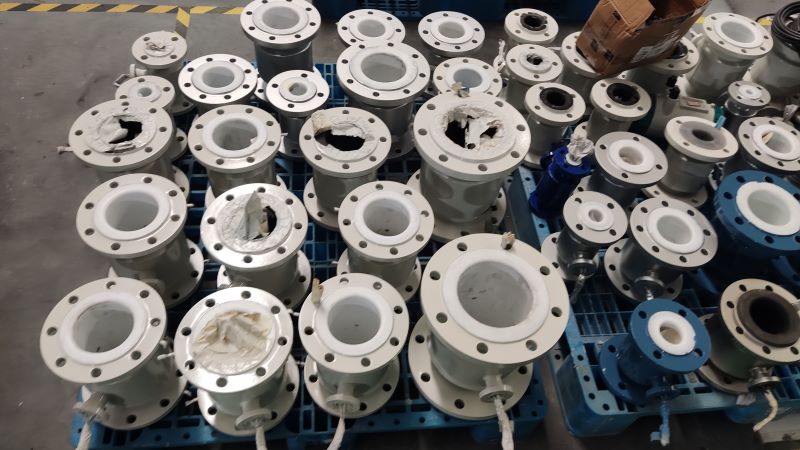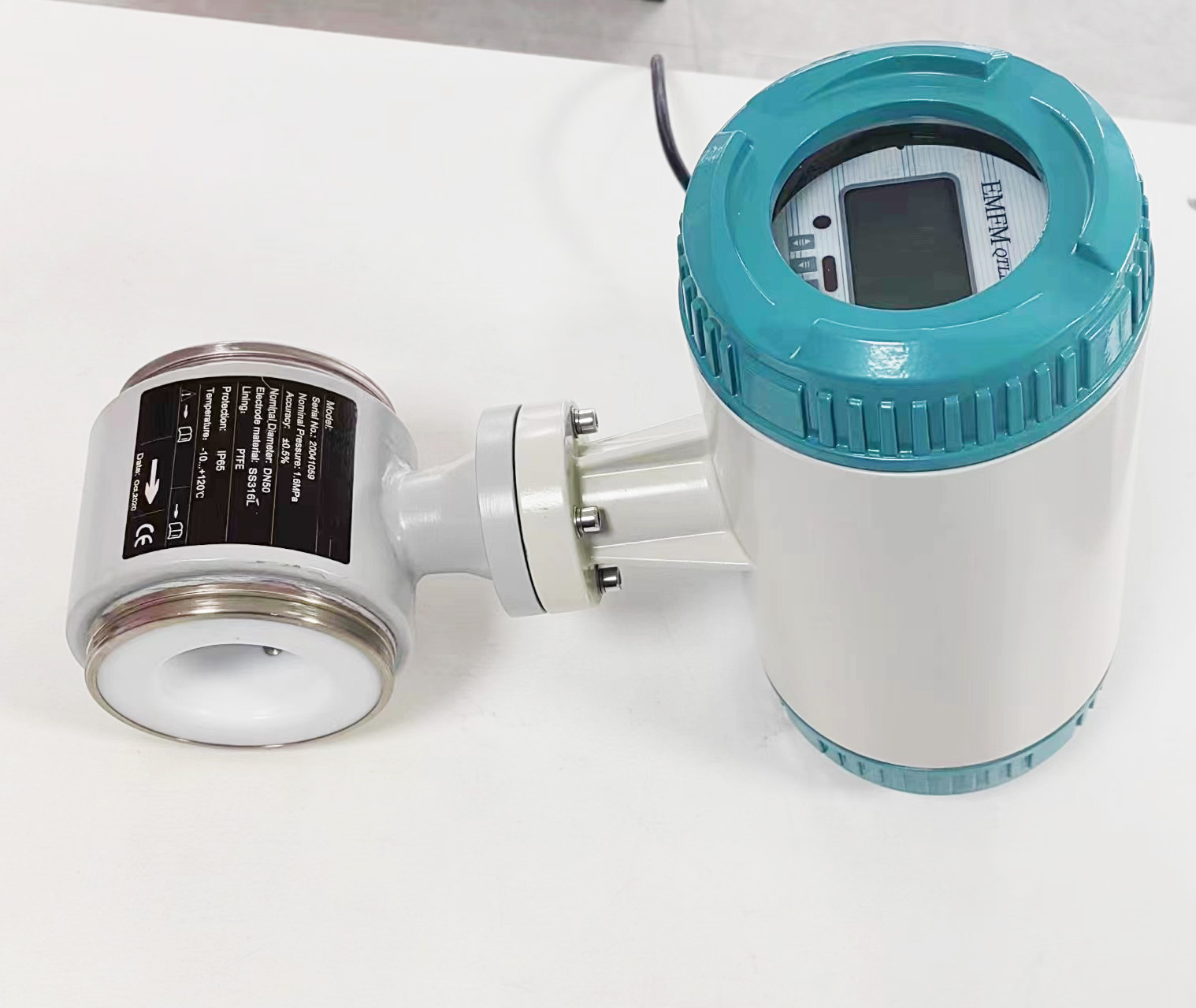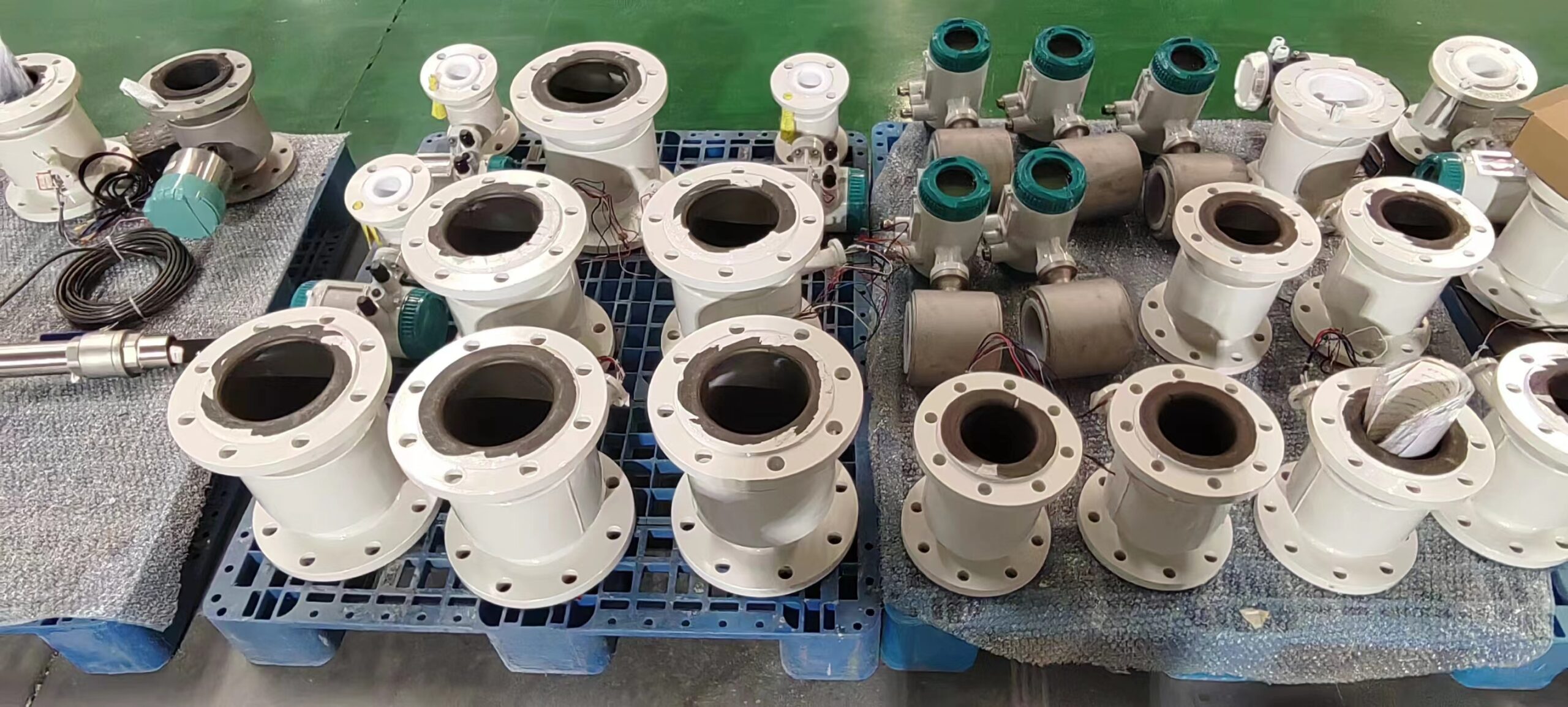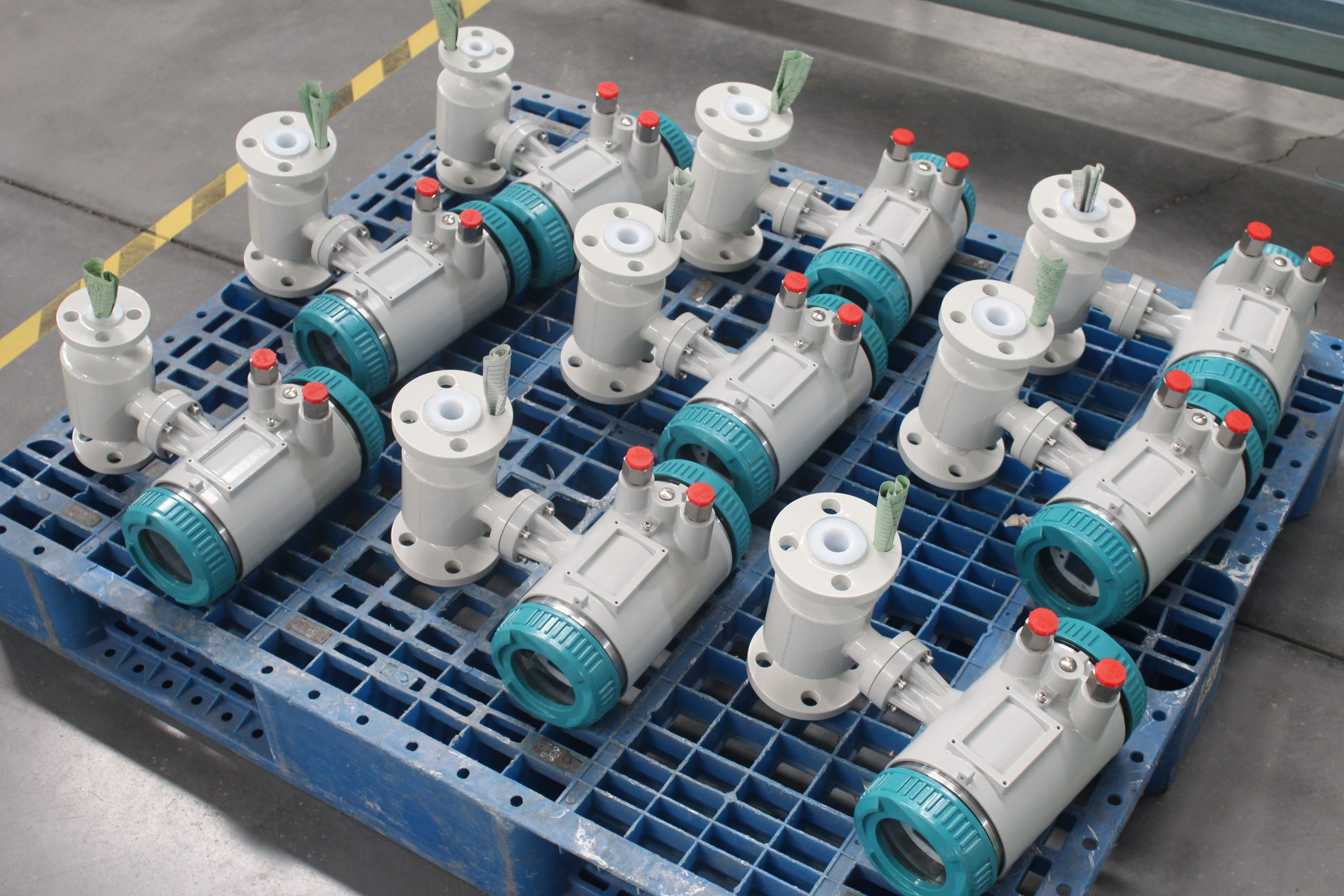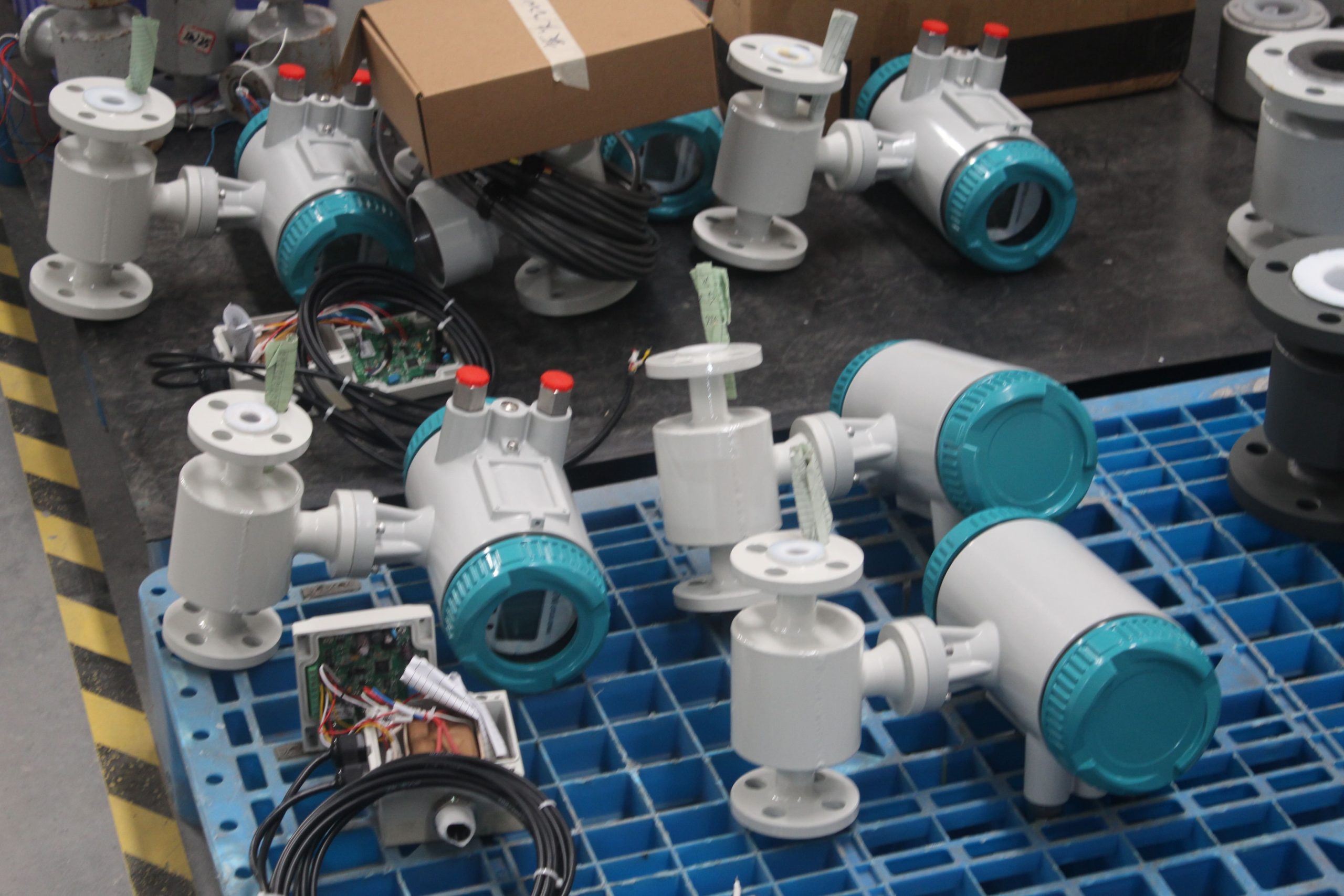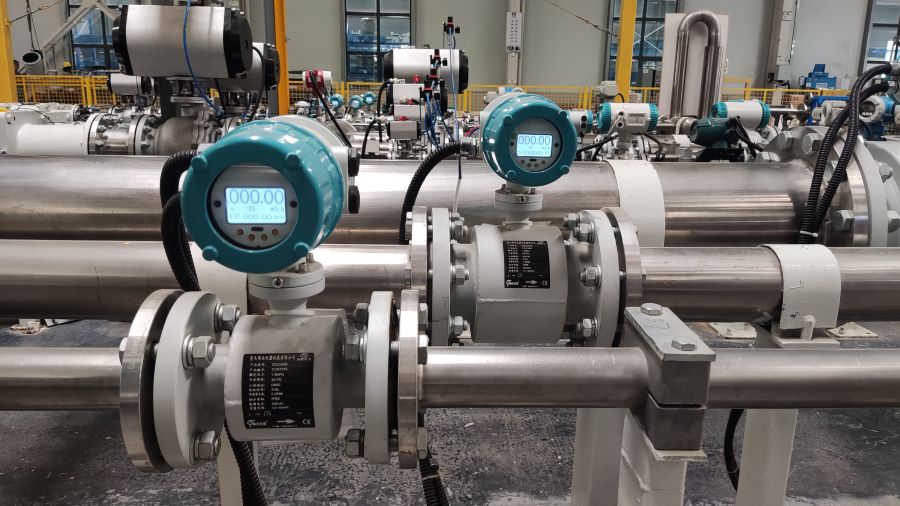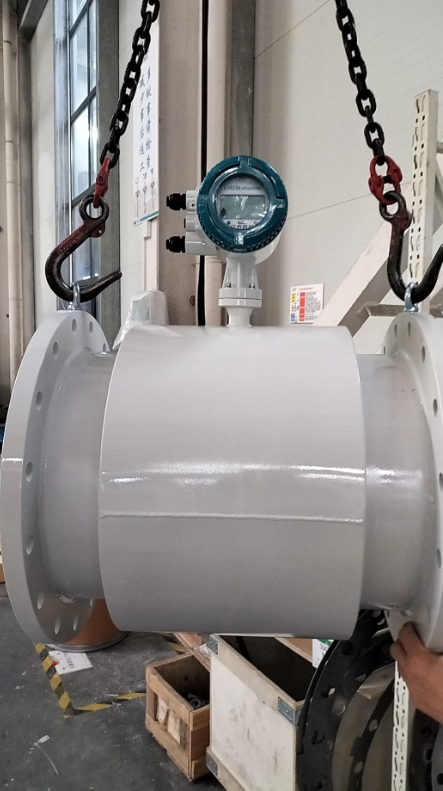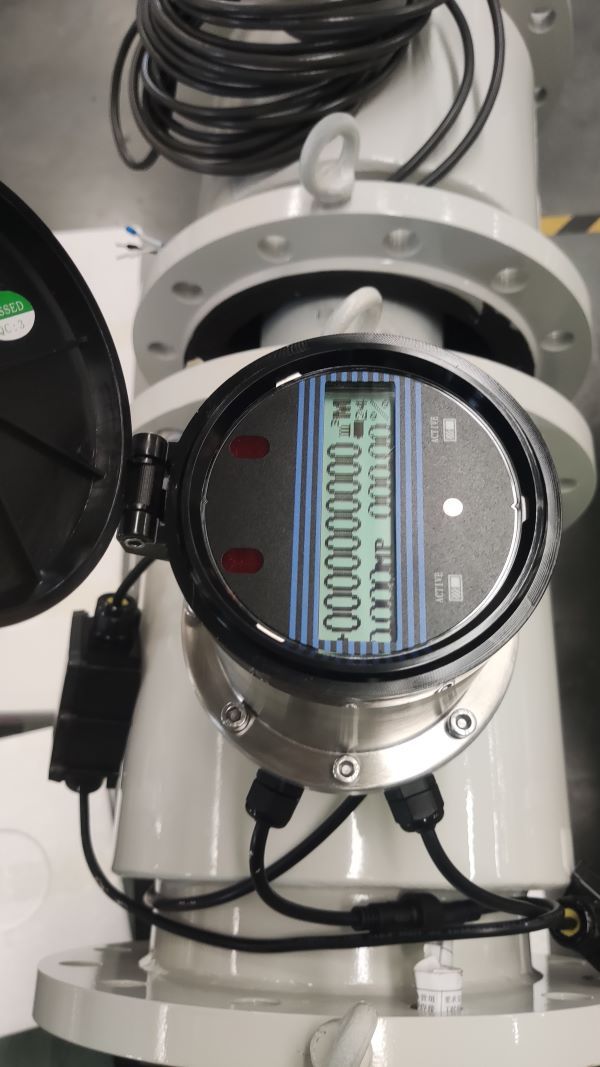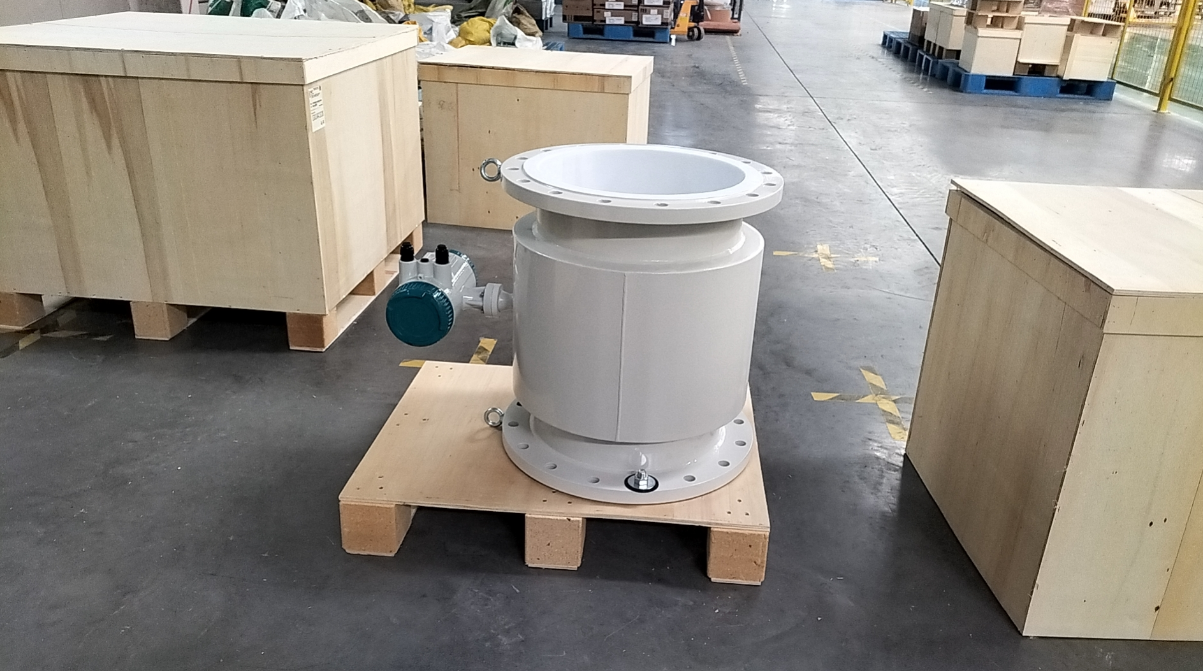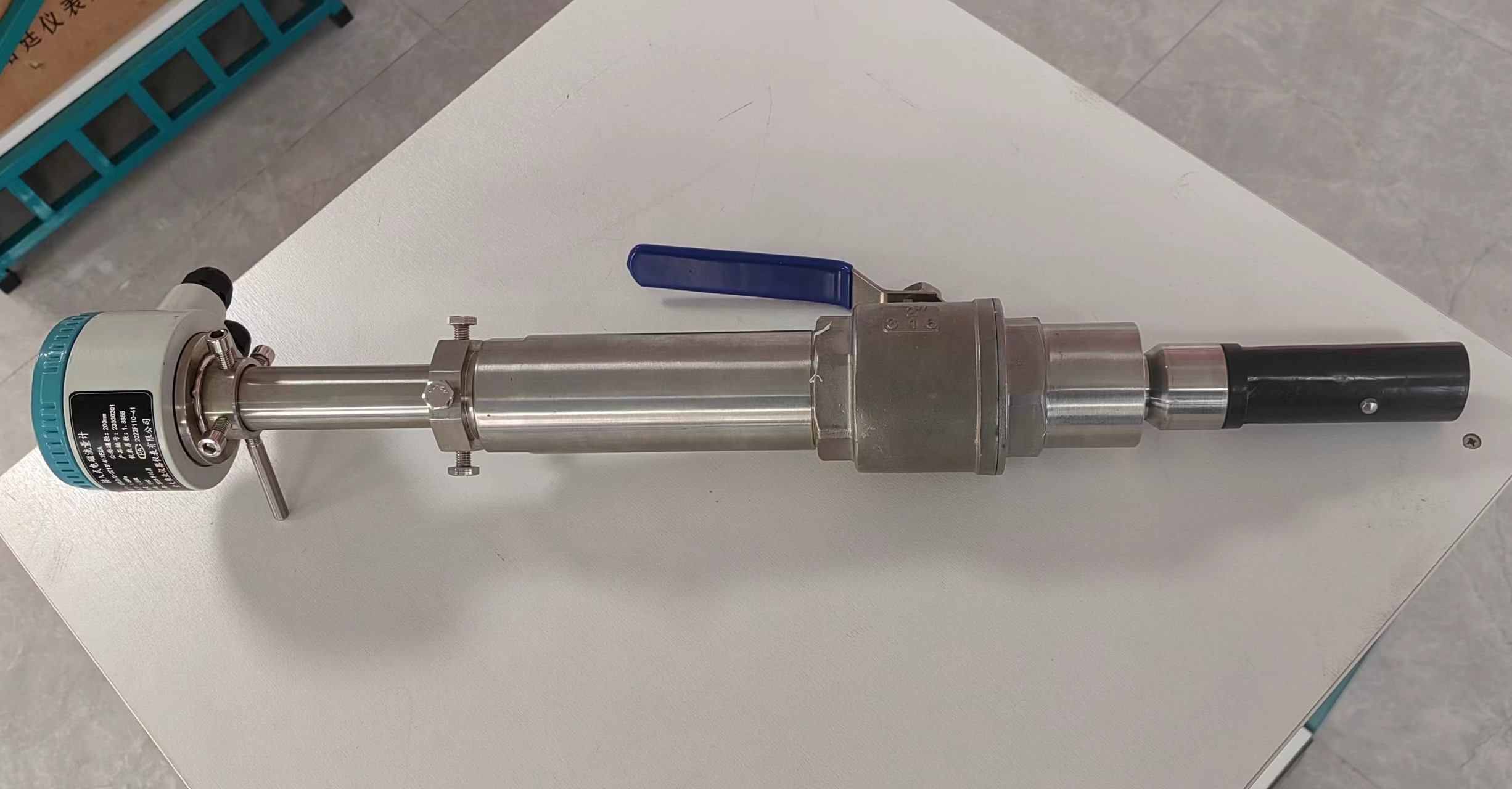Electromagnetic Flowmeter Converter 24VDC 220VAC Input RS485 Converter 4-20mA Pulse Output Converter
High voltage electromagnetic flowmeters are commonly used in applications where the measurement of electrically conductive fluids is required. These flowmeters operate based on Faraday’s law of electromagnetic induction and are suitable for a variety of industrial processes. Here are some key application characteristics of high voltage electromagnetic flowmeters:
Conductivity of the Fluid:
High voltage electromagnetic flowmeters are designed for measuring the flow of electrically conductive fluids, such as water, acids, bases, slurries, and other conductive liquids. The fluid must have a minimum level of electrical conductivity for accurate measurements.
Wide Range of Industries:
These flowmeters find applications in various industries, including water and wastewater treatment, chemical processing, pulp and paper, mining, food and beverage, pharmaceuticals, and power generation.
Non-Intrusive Measurement:
Electromagnetic flowmeters are non-intrusive, meaning that they do not obstruct the flow path. This design minimizes pressure drop and eliminates the need for moving parts within the flow stream, reducing the risk of clogging or maintenance issues.
High Accuracy and Precision:
High voltage electromagnetic flowmeters provide accurate and precise flow measurements. They are capable of maintaining accuracy even in challenging conditions, such as varying fluid properties and flow rates.
Bi-Directional Flow Measurement:
Many electromagnetic flowmeters can measure flow in both directions, allowing them to handle bidirectional flow applications. This is particularly useful in processes where fluid flow can change direction.
Corrosive and Abrasive Fluids:
These flowmeters are suitable for applications involving corrosive or abrasive fluids. The absence of moving parts within the flow path reduces the impact of abrasive particles on the meter’s performance.
High Temperature and Pressure Environments:
High voltage electromagnetic flowmeters can be designed to operate in high-temperature and high-pressure environments, making them suitable for challenging industrial processes.
Chemical Compatibility:
Materials used in the construction of high voltage electromagnetic flowmeters are often chosen for their chemical resistance, ensuring compatibility with a wide range of fluids.
Remote Monitoring and Integration:
Many electromagnetic flowmeters come equipped with digital communication capabilities, allowing for remote monitoring and integration into control systems. This facilitates data collection, analysis, and process control.
Maintenance-Free Operation:
Due to their non-intrusive design and lack of moving parts, high voltage electromagnetic flowmeters generally require minimal maintenance. This contributes to their long-term reliability and operational efficiency.
Measurement of Slurries and Suspensions:
Electromagnetic flowmeters are effective in measuring the flow of slurries and suspensions, as their design minimizes the impact of solid particles on the meter’s performance.
When considering the use of a high voltage electromagnetic flowmeter, it is essential to assess the specific requirements of the application and choose a meter that aligns with the fluid properties, temperature, pressure, and other relevant factors within the operating environment. Always follow the manufacturer’s guidelines for installation, operation, and maintenance.

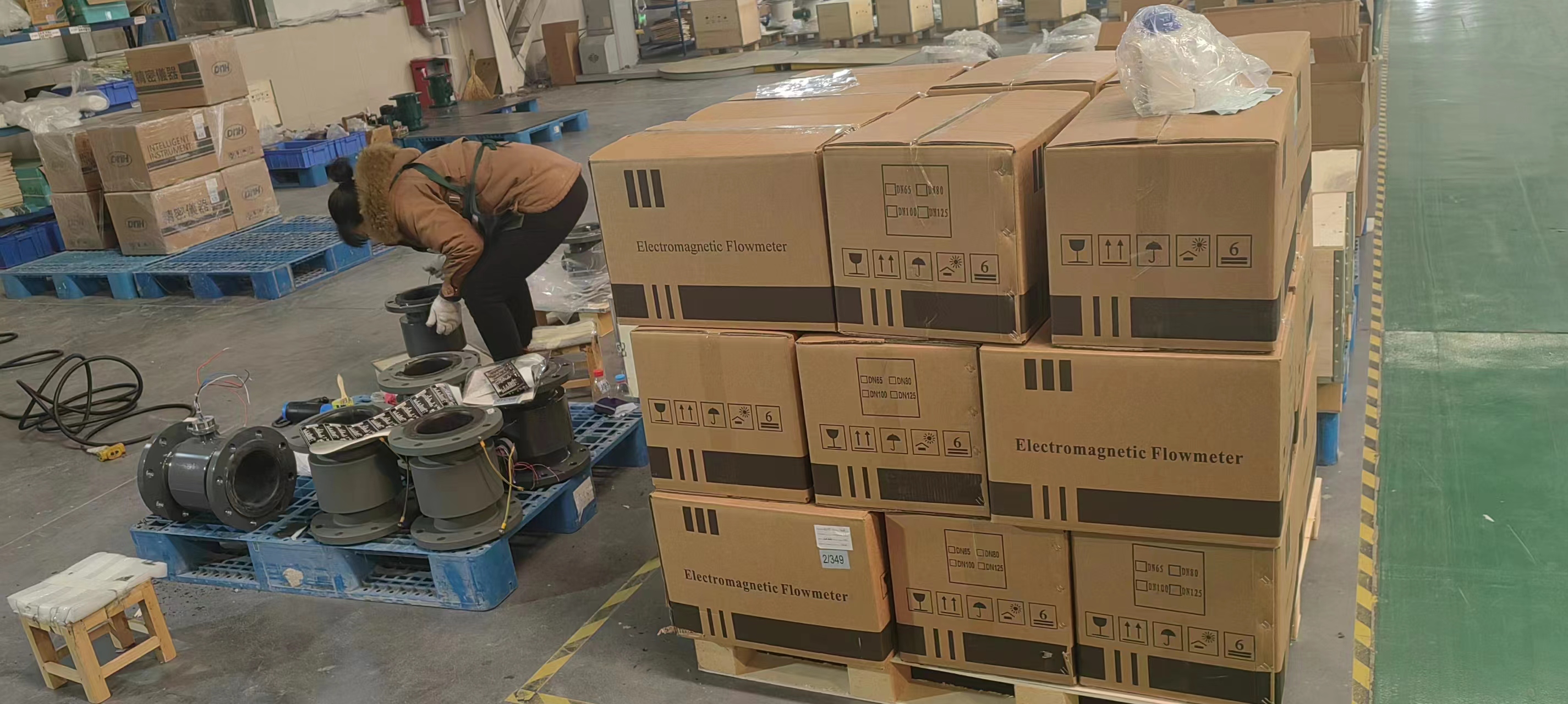
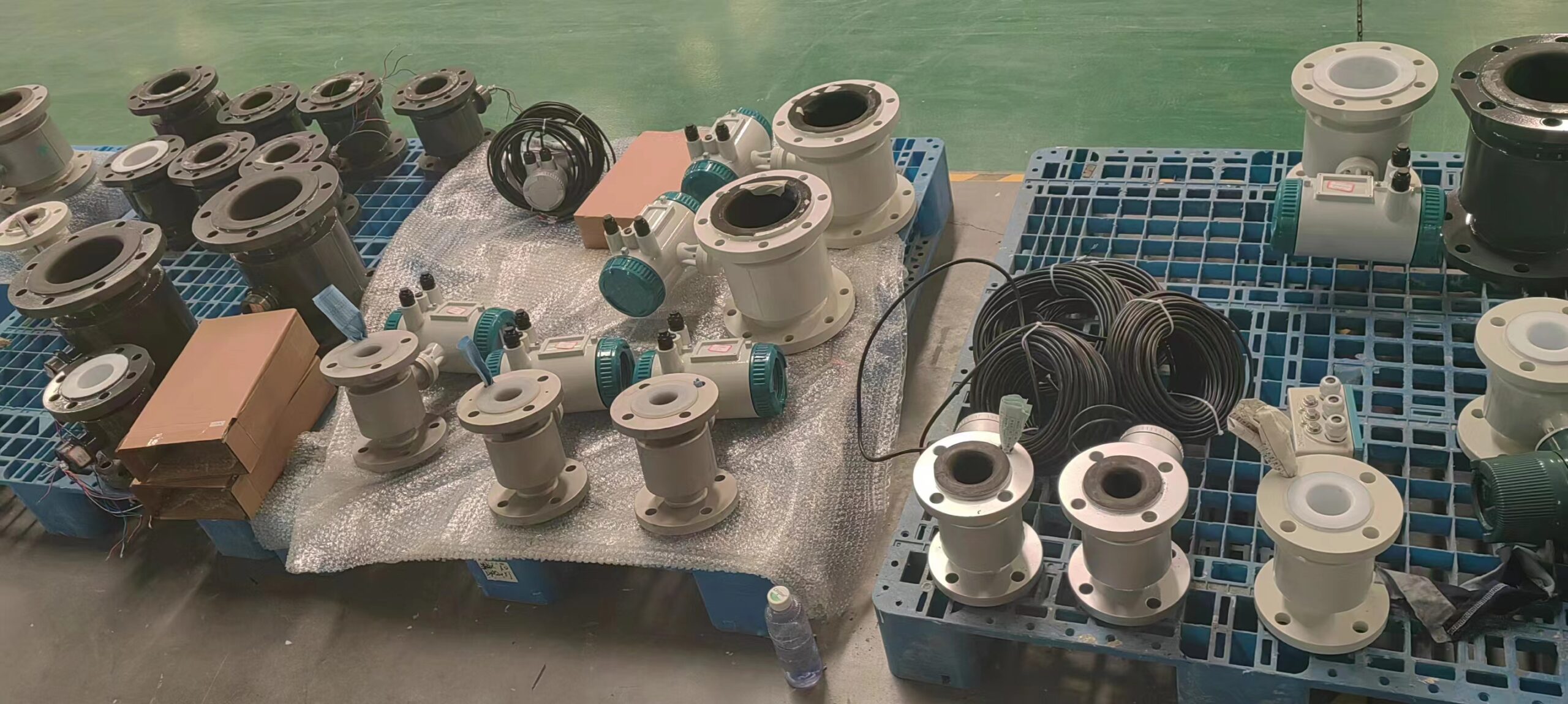
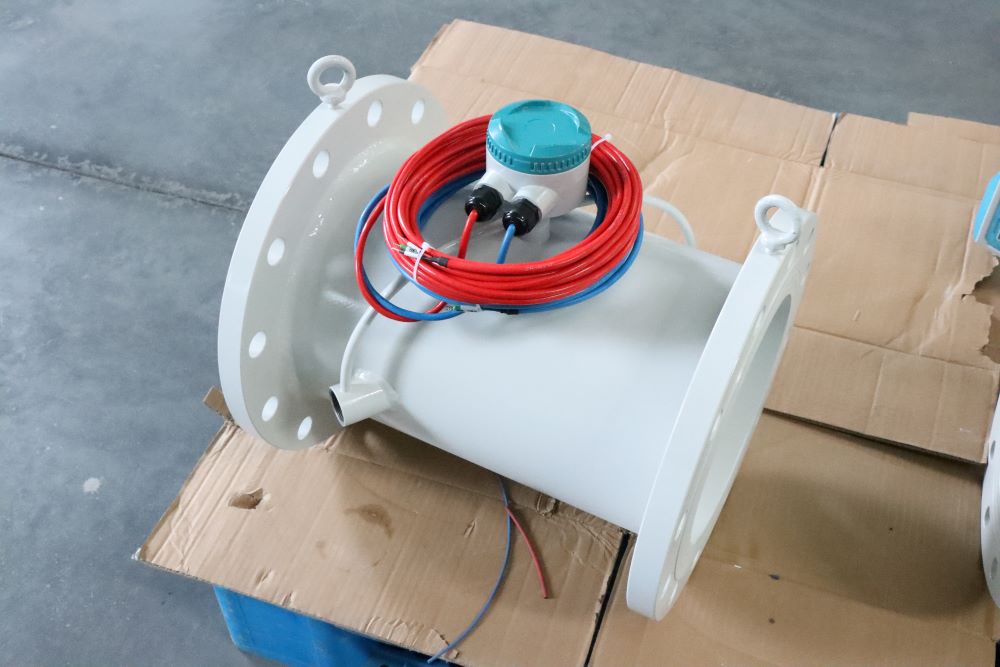
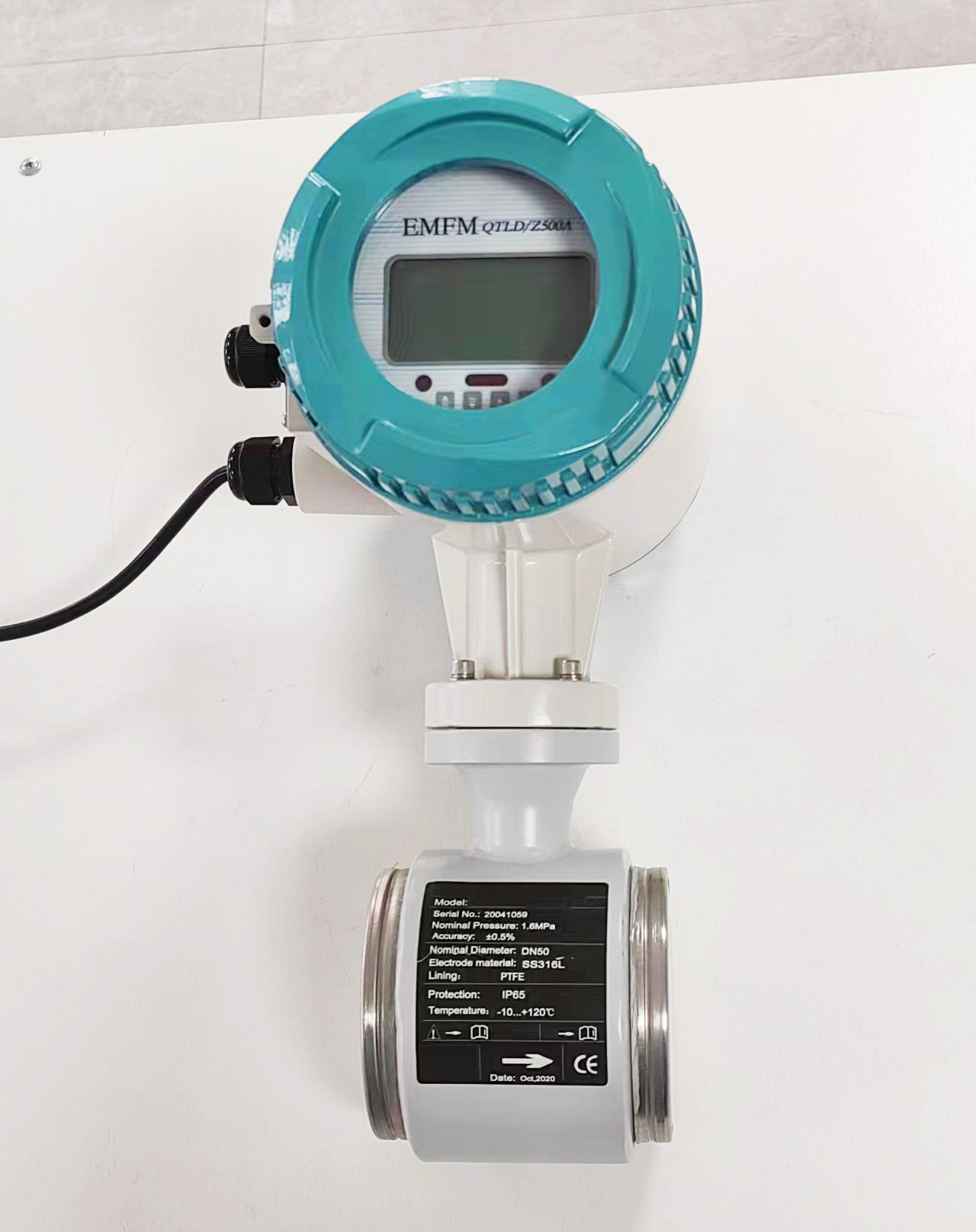
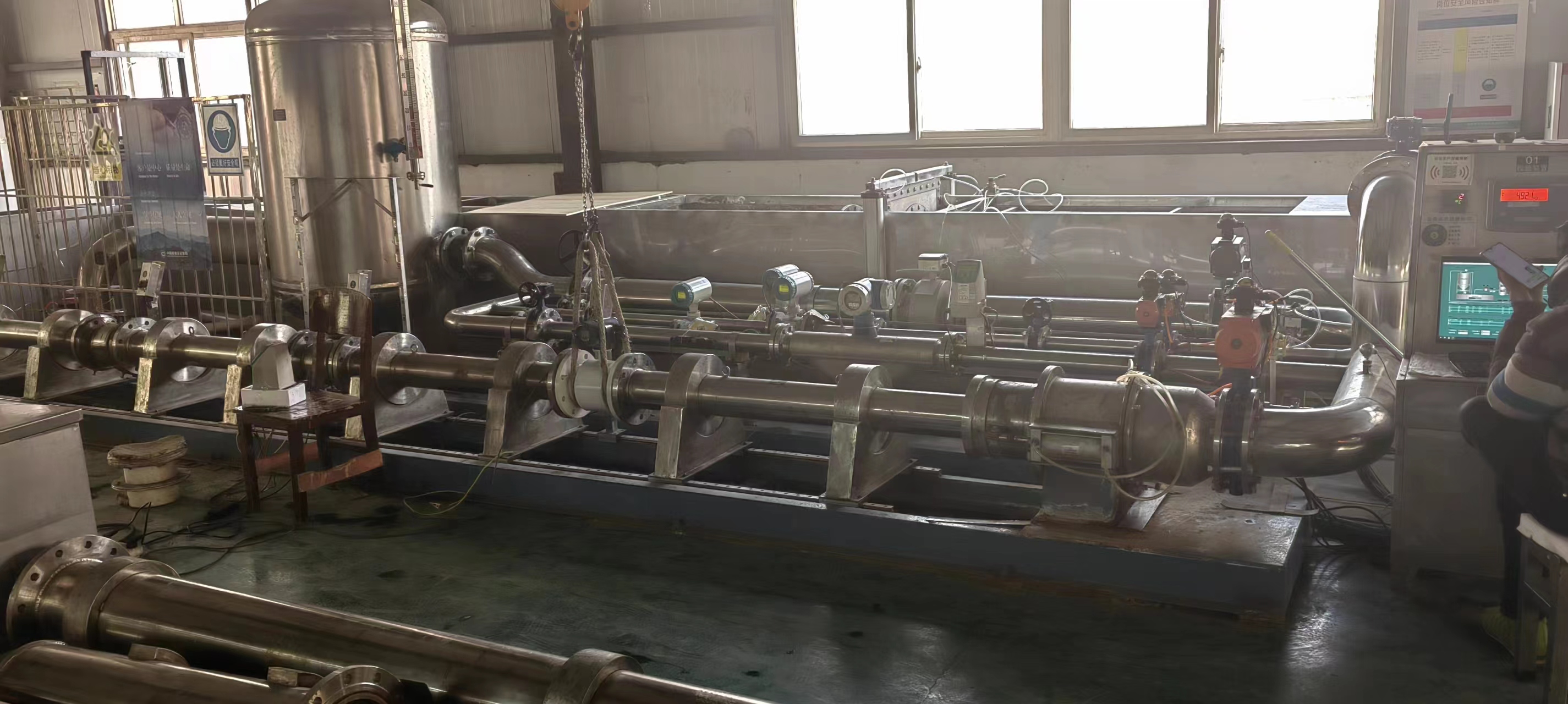
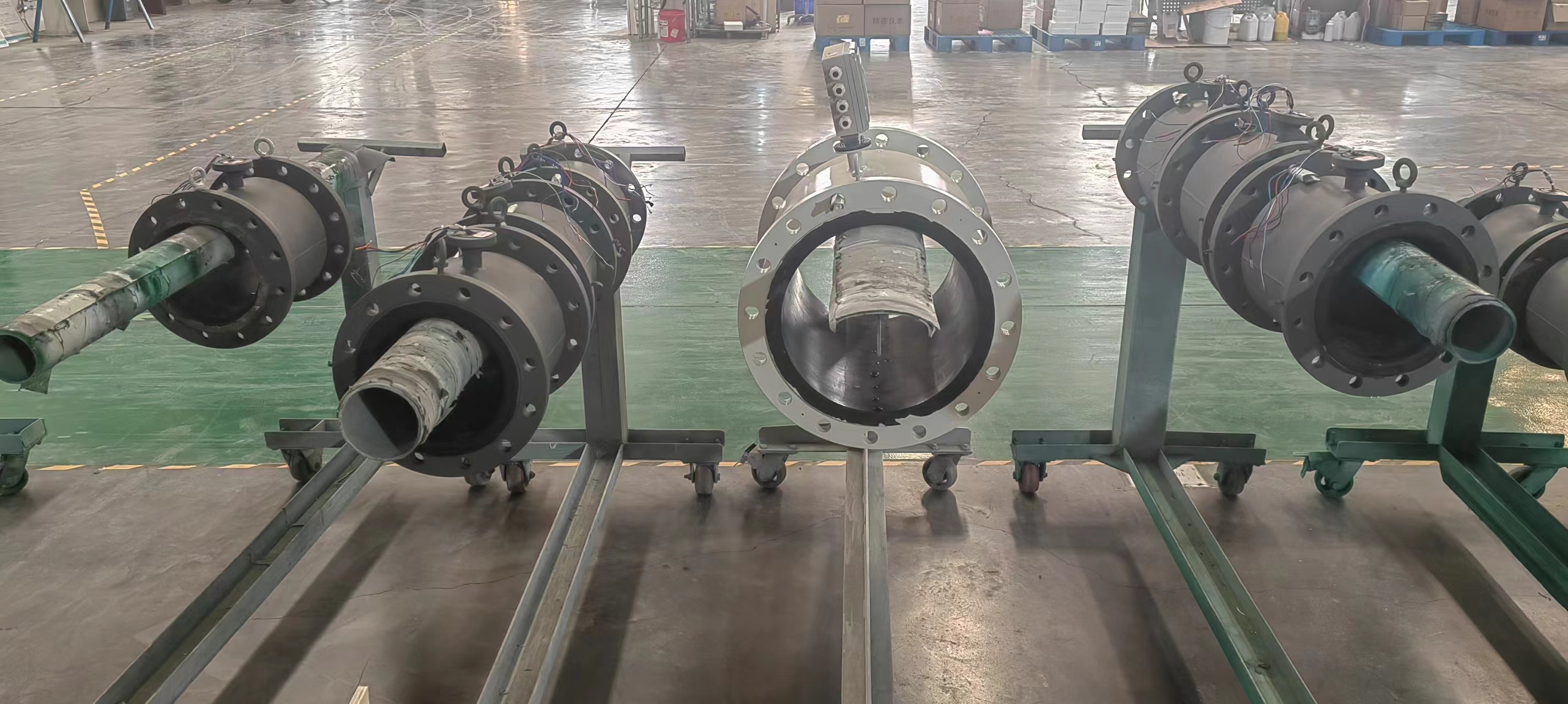
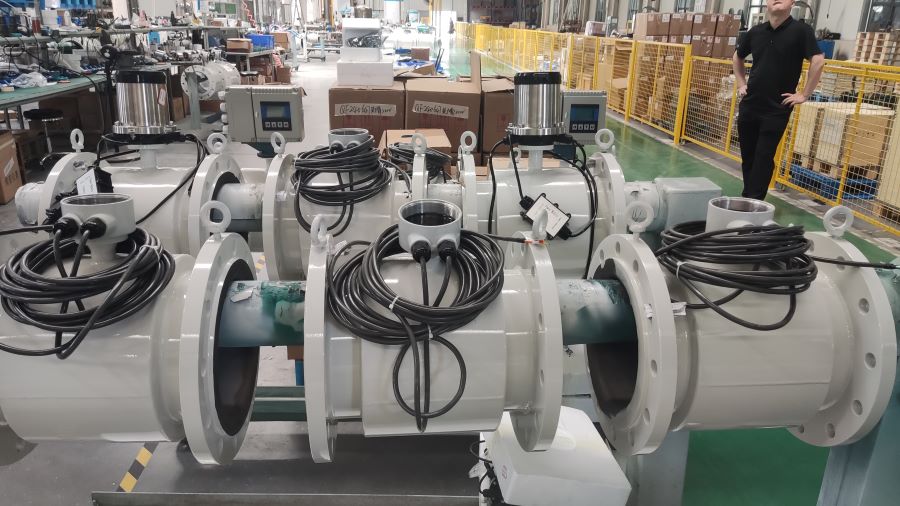
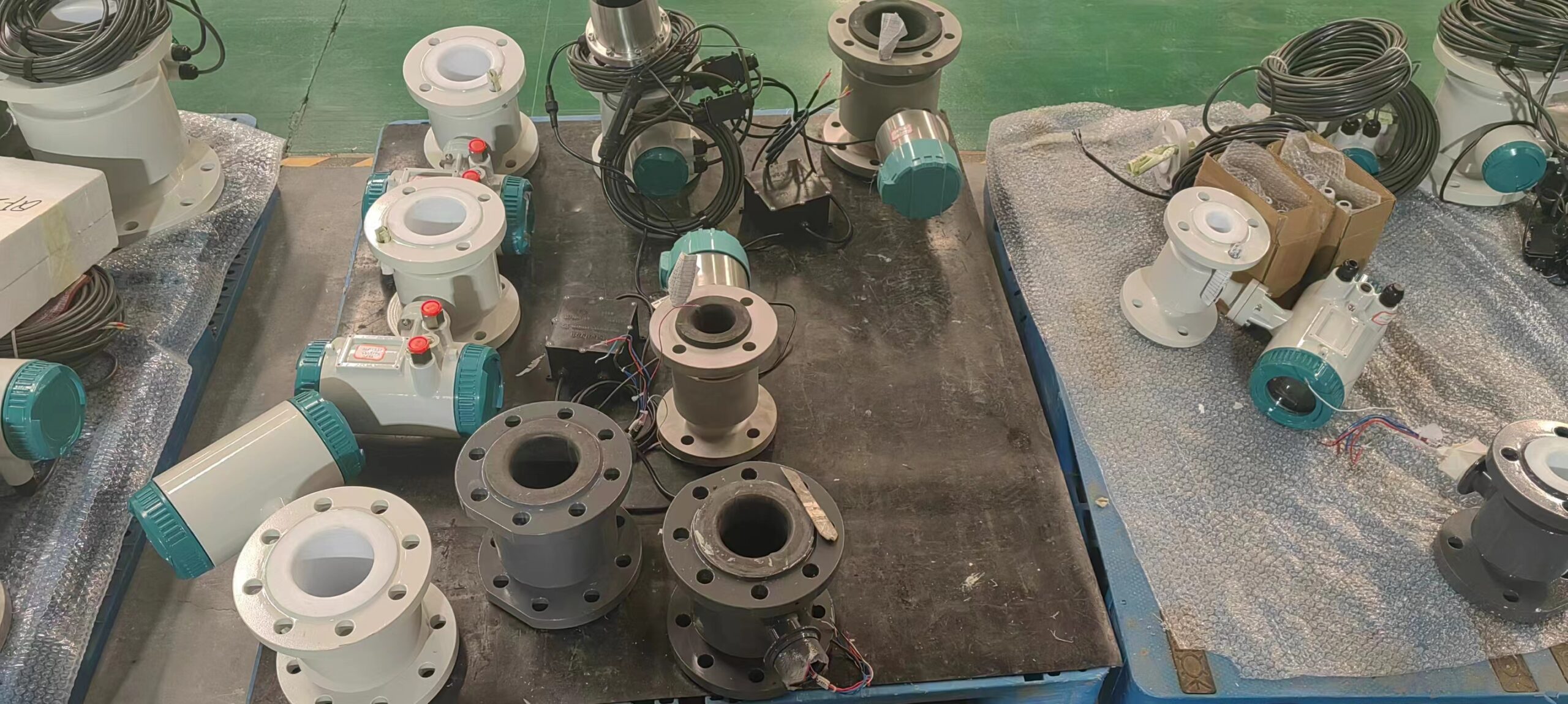
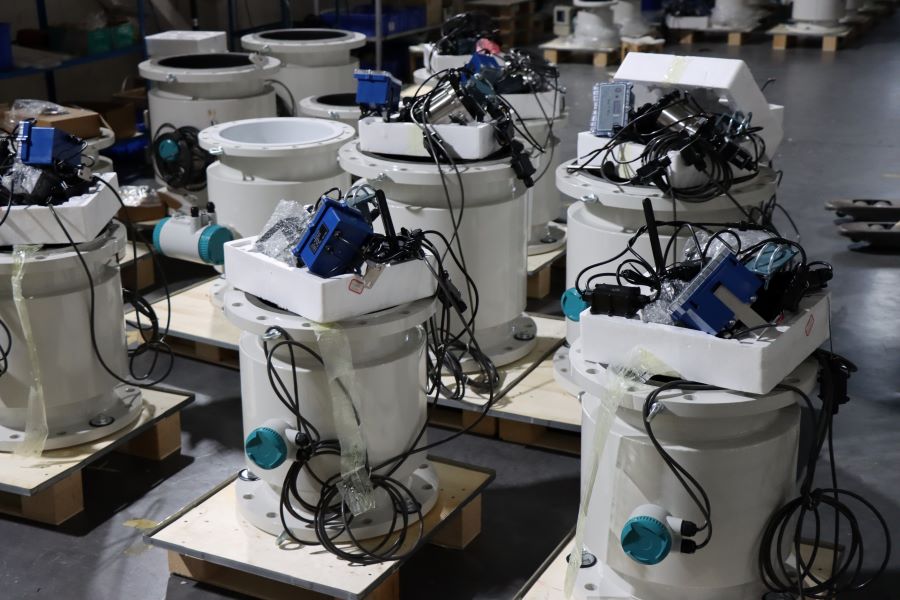
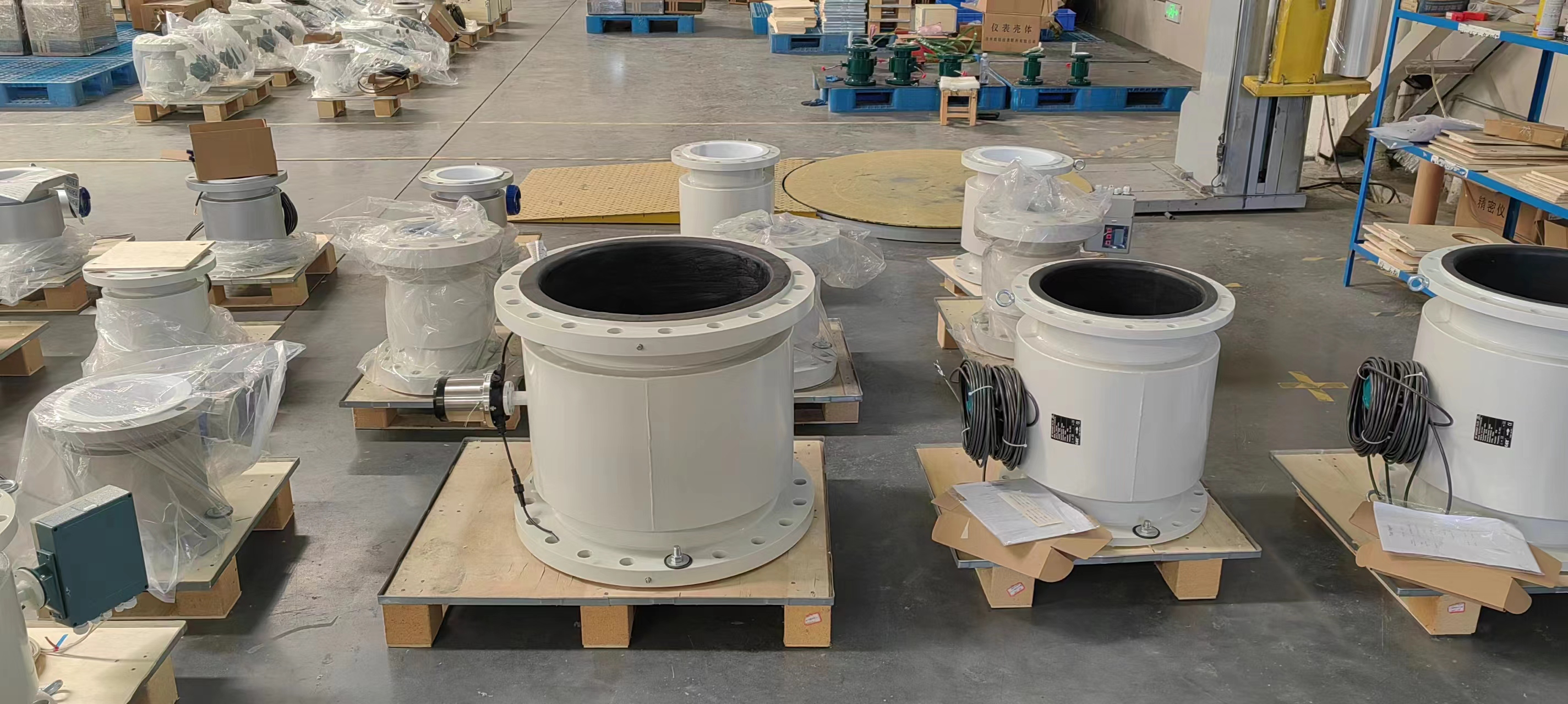
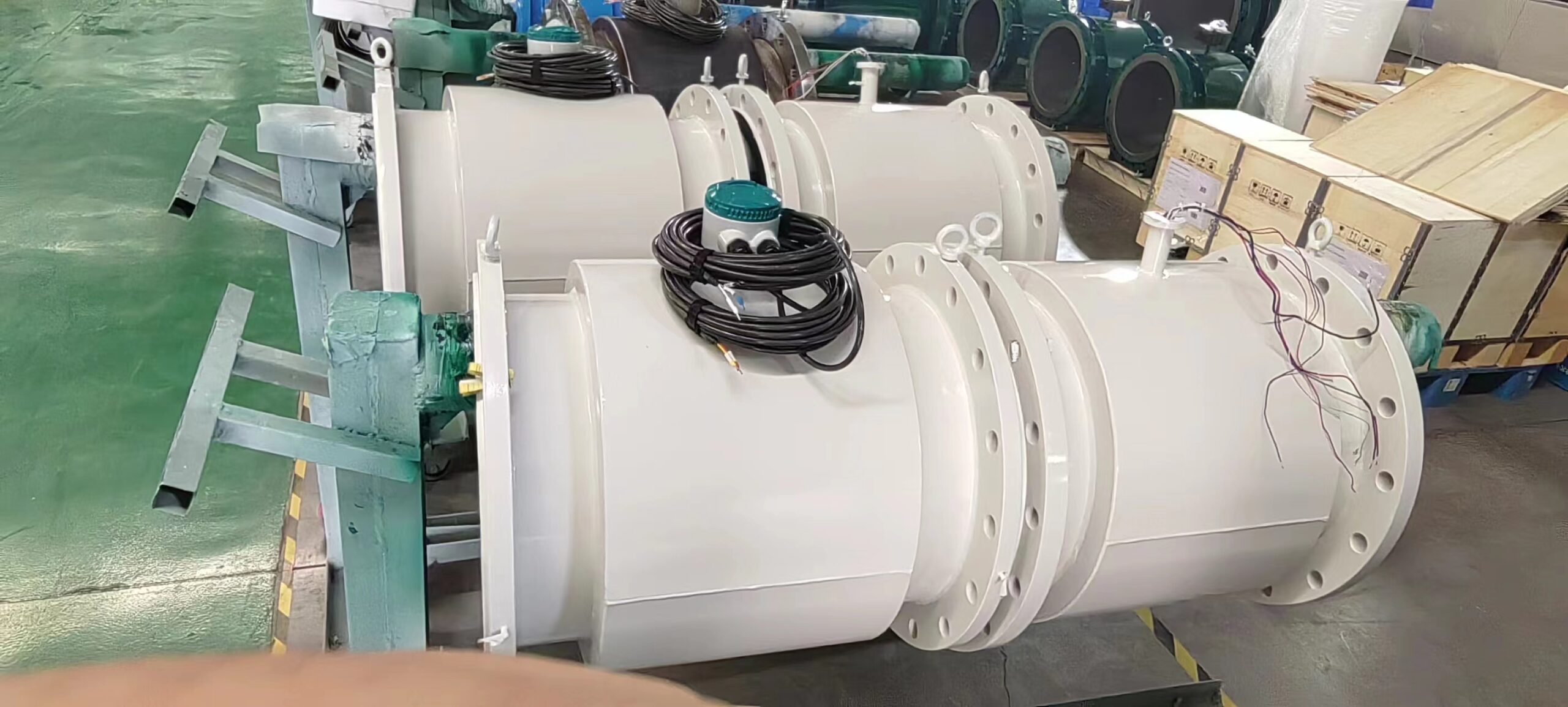
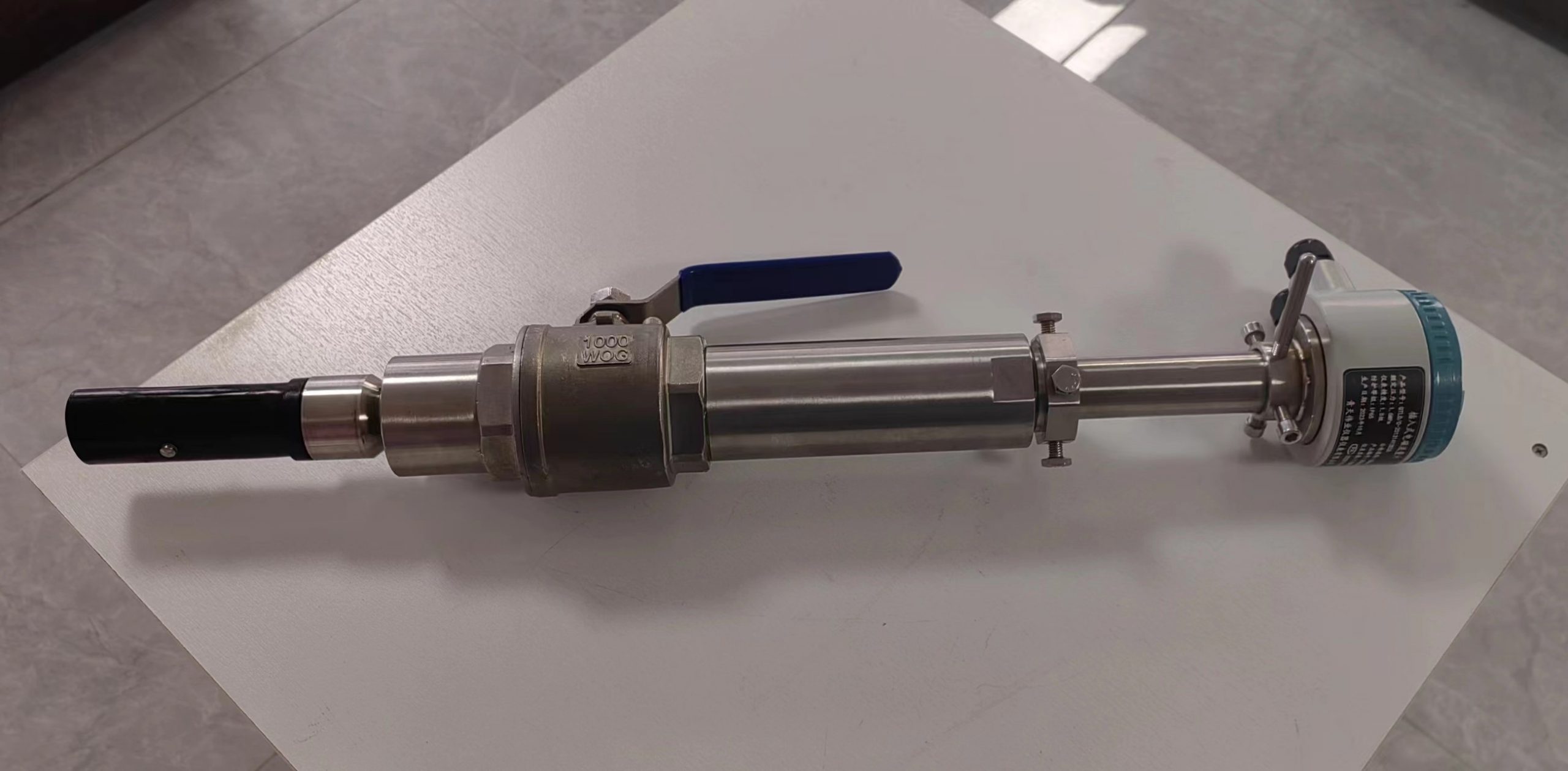
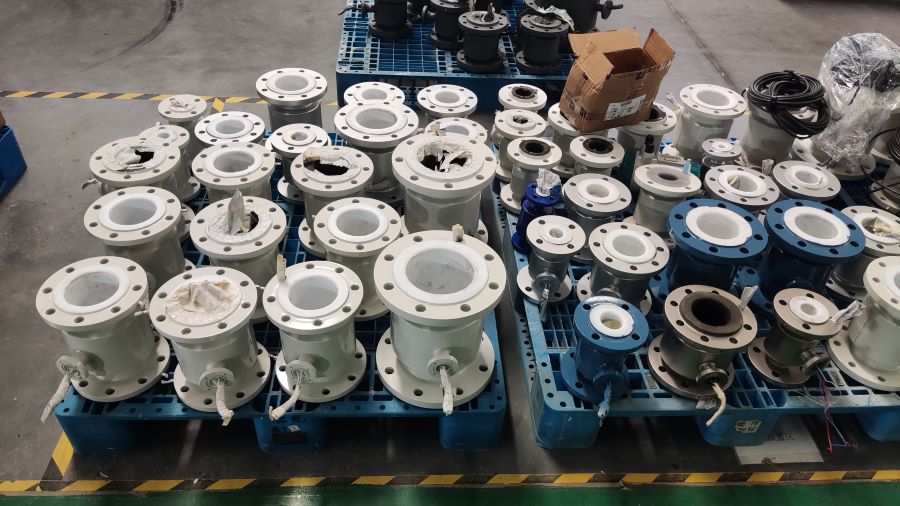
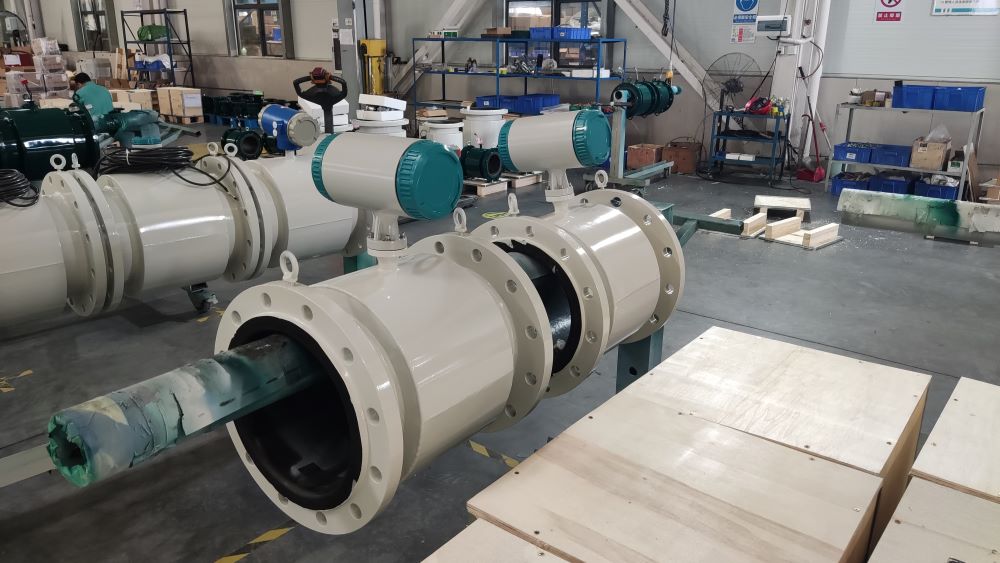

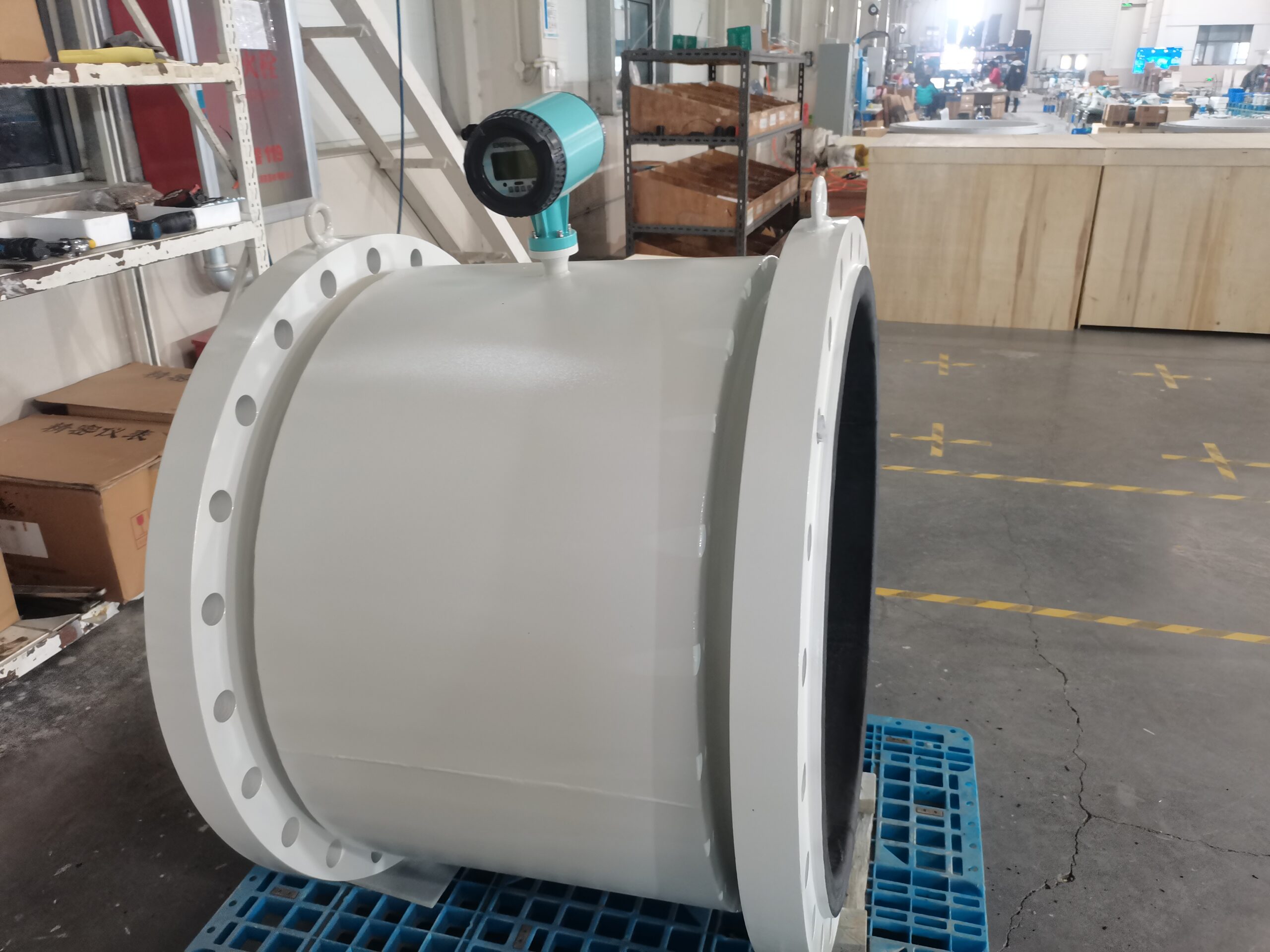
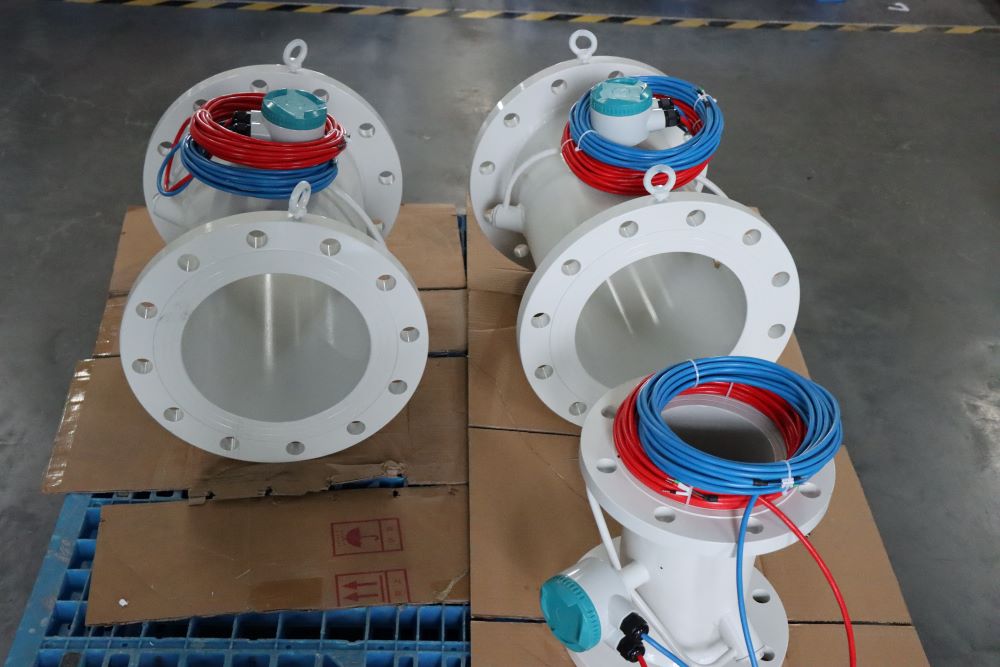
-.jpg)

